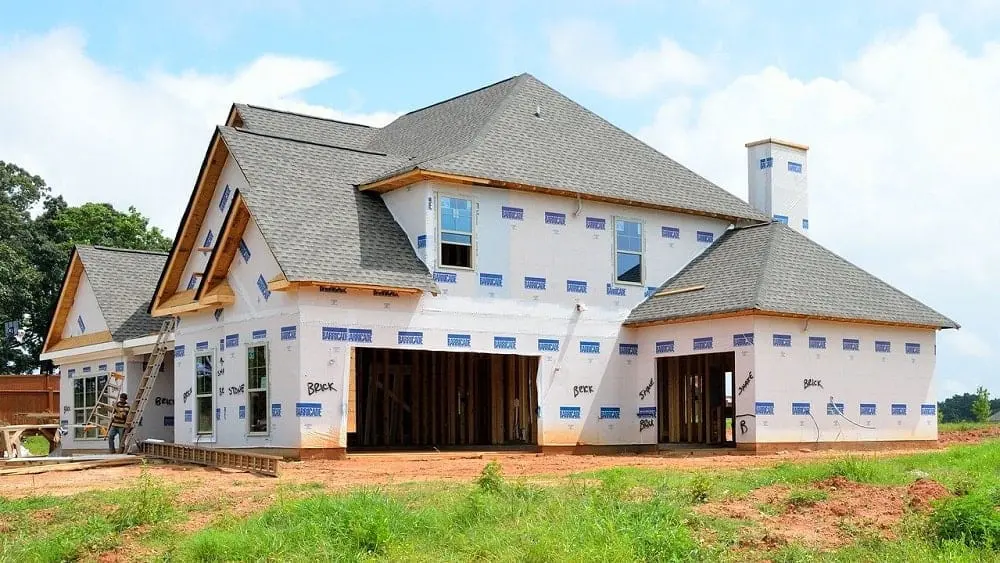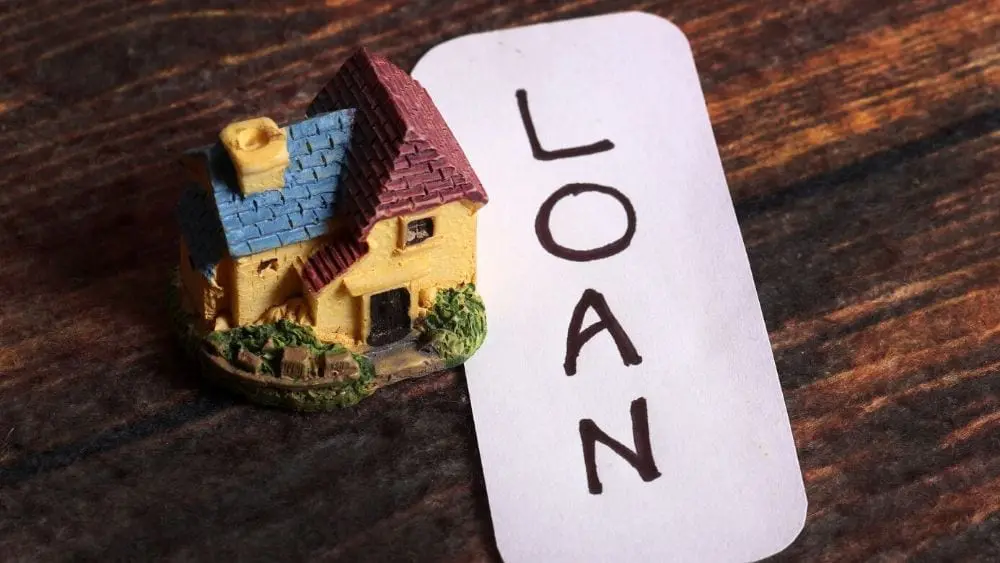
The color palette, the floor plan, and the custom features perfectly tailored to your tastes and daily needs – everyone dreams of building their dream house from the ground up.
Whether you’ve scoured the housing market only to come up short for precisely what you want or inherited a plot of land that’s ideal for setting roots, deciding to building a new construction home is a costly endeavor. This is where construction loans come into play.
The average cost of constructing a home is roughly $358,000, depending on the location. The average sales price of a new single-family home in March 2023 was $562,400, according to HUD. Essentially, whichever route you take, you may need a hand with financing!
But construction loans don’t function the same way that traditional mortgages do. If you’ve set your sights on building your new home with the help of a construction loan, here’s everything you need to know about how they work.
What is a Construction Loan?
In a nutshell, construction loans provide financing to help future homeowners pay for the materials, permits, and labor that are needed to build their custom home. In most instances, you can even use the funds to purchase the land you’re building on if you’re starting from scratch and that baseline step is required.

How Do Construction Loans Work?
For starters, construction loans are short-term, interim loans used to pay for your new home’s construction. You’re not signing up for a 25-year term by any means! They’re typically offered for up to 18 months, just enough time to turn your plot of land into the house you’ve envisioned. But a construction loan covers much more than what you may think.
Think of construction loans like a credit card or line of credit expiring when your home is fully built – you’re provided with an amount that you can draw funds from to pay for various steps in the home-building process. But to be clear, it’s your builder – not you, the borrower – who receives the cash from your lender through several advances paid during each phase of construction.
While your home is being built, the only payments you need to make are toward the interest on the cash that’s drawn from the account, and not the entire loan amount.
Once your home is built, you can either convert your construction loan into a traditional mortgage or pay off the entirety of the loan. If, for example, you’re building your custom home and selling your current one, you may be able to apply the proceeds from that sale towards your construction loan to clear that debt in one fell swoop.
Whether your loan converts into a permanent mortgage or is repaid with a single “balloon payment” depends on established terms.
How Are Construction Loans Different from Other Loans?
The key disparity that differentiates construction loans from mortgages is that construction loans aren’t secured by a completed house.
In some instances, if you already own the land, you may be able to use it as collateral. But because there are no assets on the line, the application and approval process for construction loans is much more rigorous compared to a conventional mortgage loan.
From having a thorough construction timeline and budget to careful scrutiny of your finances, there are extra hoops you’ll need to jump through, including:
- A solid credit score. The minimum acceptable credit score is often said to be 620 to apply for a conventional loan. However, this is just a benchmark. It’s important for you to talk to your lender about the different types of construction loans and what you would qualify for.
- A 20 percent down payment. You cannot secure a construction loan with no money down. Lenders want you to throw some skin into the game, too. You’ll need to put at least 20 percent down, but some lenders may insist on a 25 percent down payment. This is why it’s important to compare and choose the lender that’s best for you.
- A low debt-to-income ratio. Your debt-to-income ratio is the percentage of your gross monthly income that goes towards paying your existing debts. Lenders want to see a ratio of at 43 percent at the highest, with this new debt factored in. They don’t want to see your income tied up servicing other debts.
- Income and substantial savings. Gather your pay stubs, a letter of employment, bank statements, and anything else that proves you can responsibly manage this debt.
- Detailed construction plans. Your lender will ask for information such as the size of the home and lot, the construction materials, a detailed floor plan, and a calendar of key dates in the home-building process.
- A signed contract with a licensed builder. For due diligence’s sake, count on your lender doing their homework on your builder. They’ll check on whether your builder meets state licensure and insurance requirements, has a permanent business address and proven experience in building the type of residence you’re applying for, and has a solid reputation in the community, including references from past clients, suppliers and banks. Maybe your builder has verified reviews that you can read.
Without any assets to seize should you abandon your loan or your builder encounters delays, your lender must manage these extra checkpoints before granting you a construction loan.

What Happens Once my Construction Loan is Approved?
Once your lender approves your application, you’ll be put on an installment schedule that aligns with the phases of your home’s construction.
Your lender will issue portions of your financing in installments or “draws” to your builder to pay for the next stage. These installments will be determined by your builder and lender, based on the construction plans and budget provided during your application.
Your lender will send an appraiser and inspector. to check in with your builder to make sure things are on schedule and that the work is up to par before issuing the next phase of financing. They may even ask for receipts and invoices for materials purchased. These extra steps keep your builder in check and limit the risk of shoddy craftsmanship. Anticipate somewhere between four and six inspections during your home-building journey.
It’s similar to home appraisals lenders conduct before issuing a mortgage.
How is Interest Calculated on Construction Loans?
With lenders shouldering more risk, borrowing money for a construction loan comes at a premium.
Construction loans typically have a variable interest rate. That means your rate – and, in turn, your repayments – will fluctuate monthly. But keep in mind, you’ll only pay the interest on the total amount drawn while your home is being built. The principal is due – or transferred into a mortgage – when the construction is complete.
Overall, a construction loan’s interest rate is about one percent higher than the typical marker rate for a mortgage on offer during the same time.

What Happens to my Construction Loan Once my Home is Built?
That depends on the type of construction loan you are seeking. If you applied for a construction-only loan, you’re on the hook for paying for the full loan amount or you’ll have to secure another loan to settle your debt.
As mentioned earlier, this may be the go-to choice for homeowners who plan on paying off their construction loan with the proceeds from their previous home’s sale.
Otherwise, you may be opting for a construction-to-permanent loan, which will convert your construction loan into a mortgage once your home is fully built. While they have a few sticking points to be wary of, construction loans help you bring your dream home’s blueprints into reality.
By knowing how they work, you’ll be better prepared for a seamless application and approval process.

Carmen Chai is an award-winning Canadian journalist who has lived and reported from major cities such as Vancouver, Toronto, London and Paris. For NewHomeSource, Carmen covers a variety of topics, including insurance, mortgages, and more.
